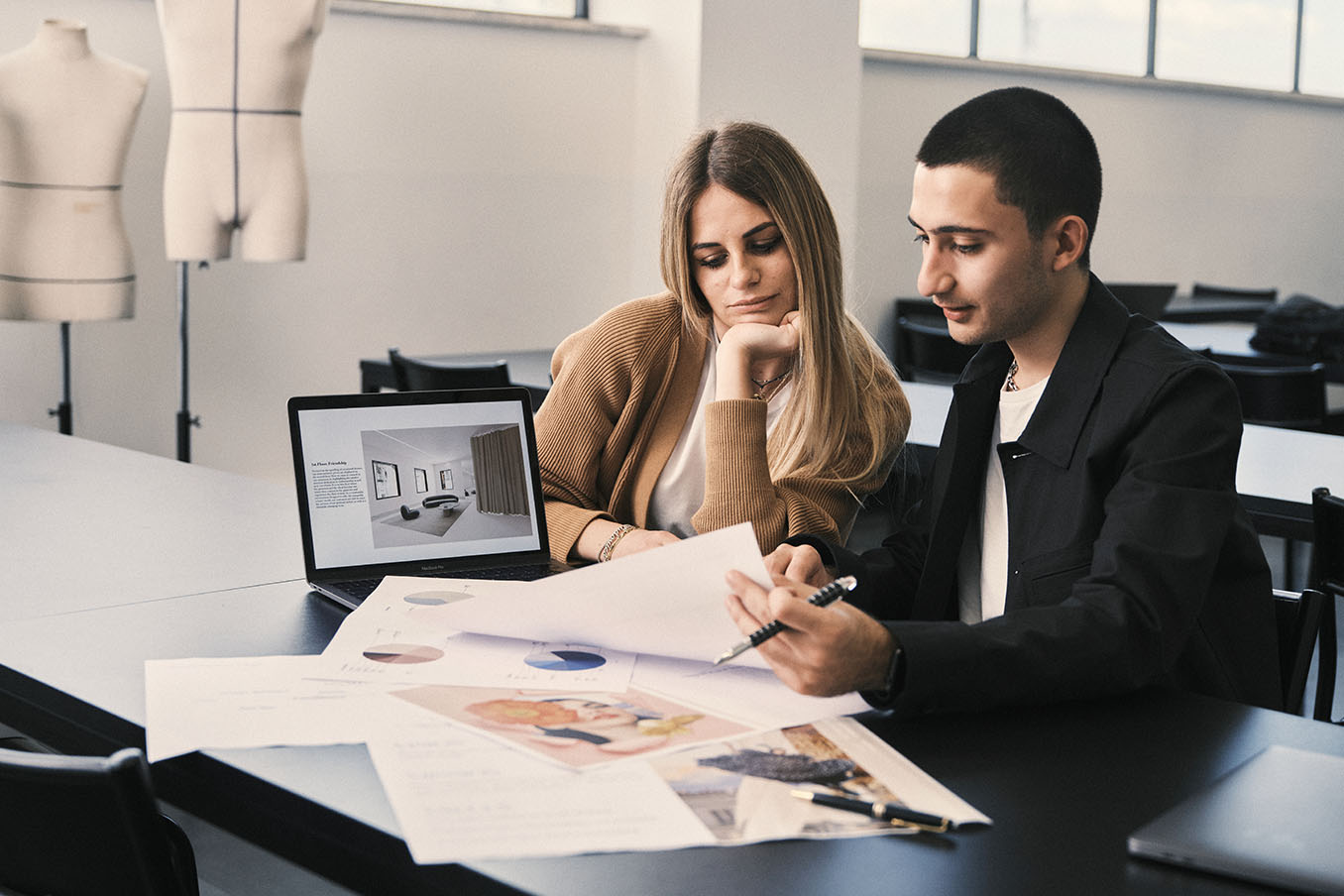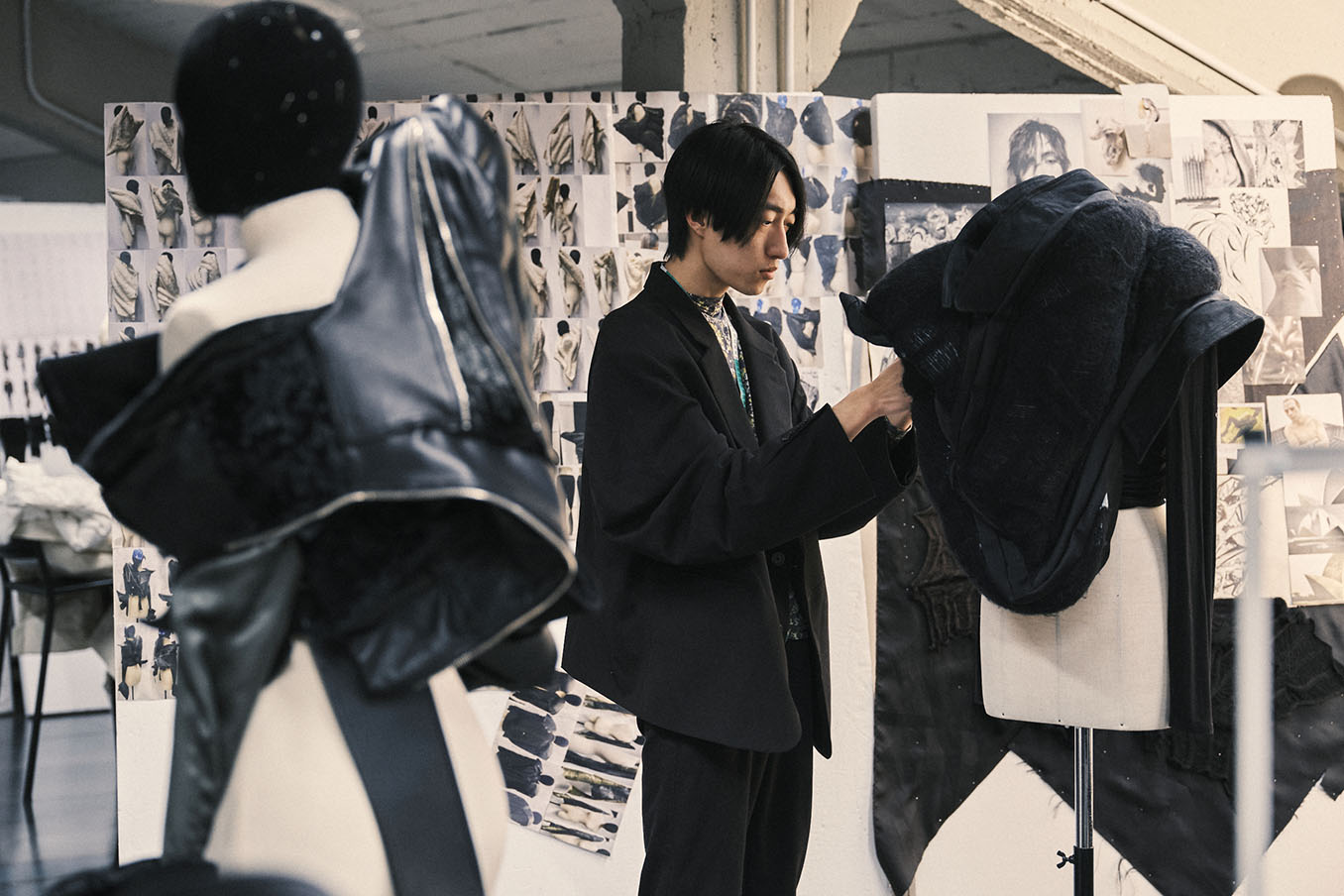A faux fur tote attached to skis, not to shock, but to project. This is how Nansen Capici opened the 2025 Polimoda Graduate Show, on June 16th. Undergraduate in Fashion Business student, Julie Nunes examines the graduating class’s exploration of accessories.
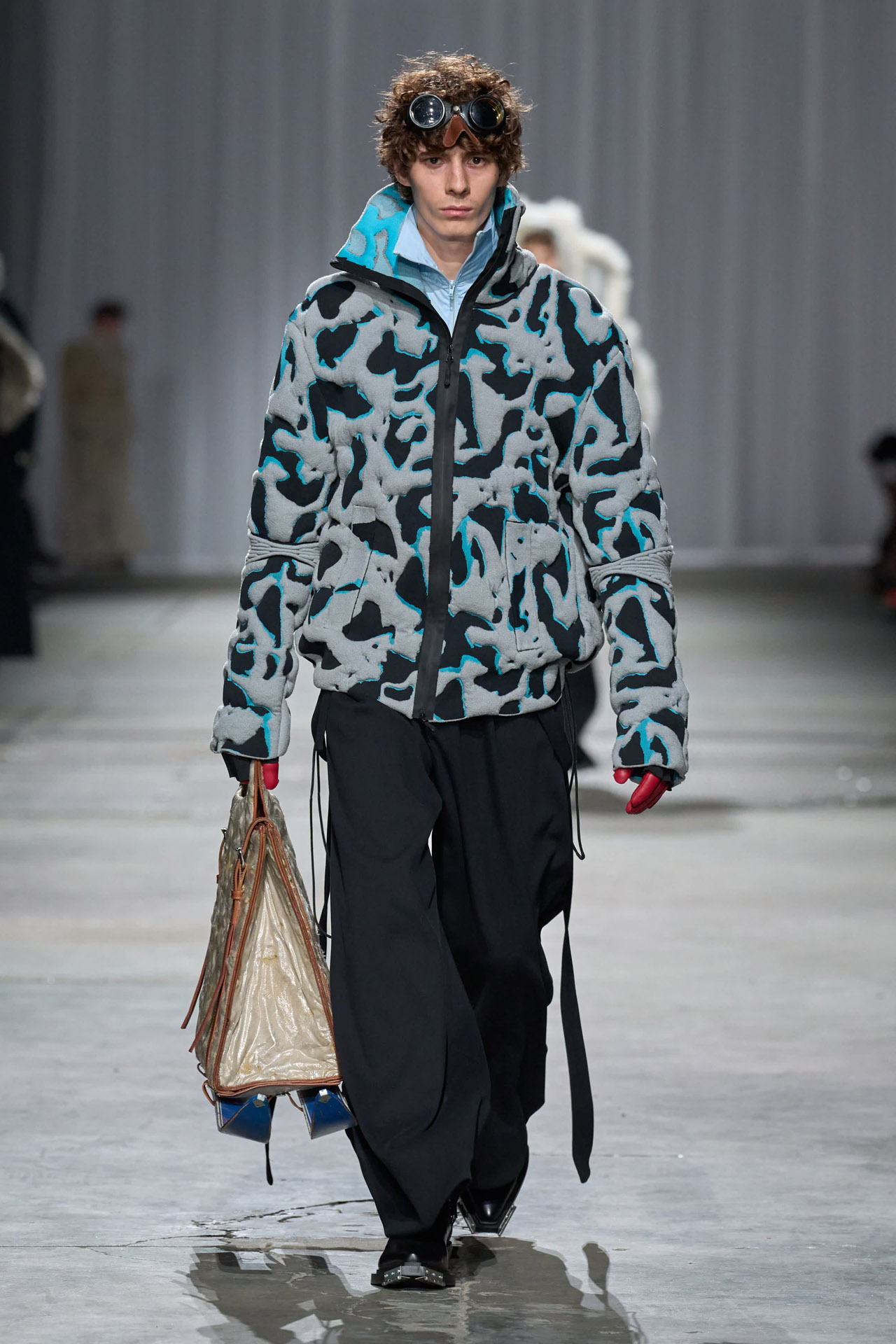
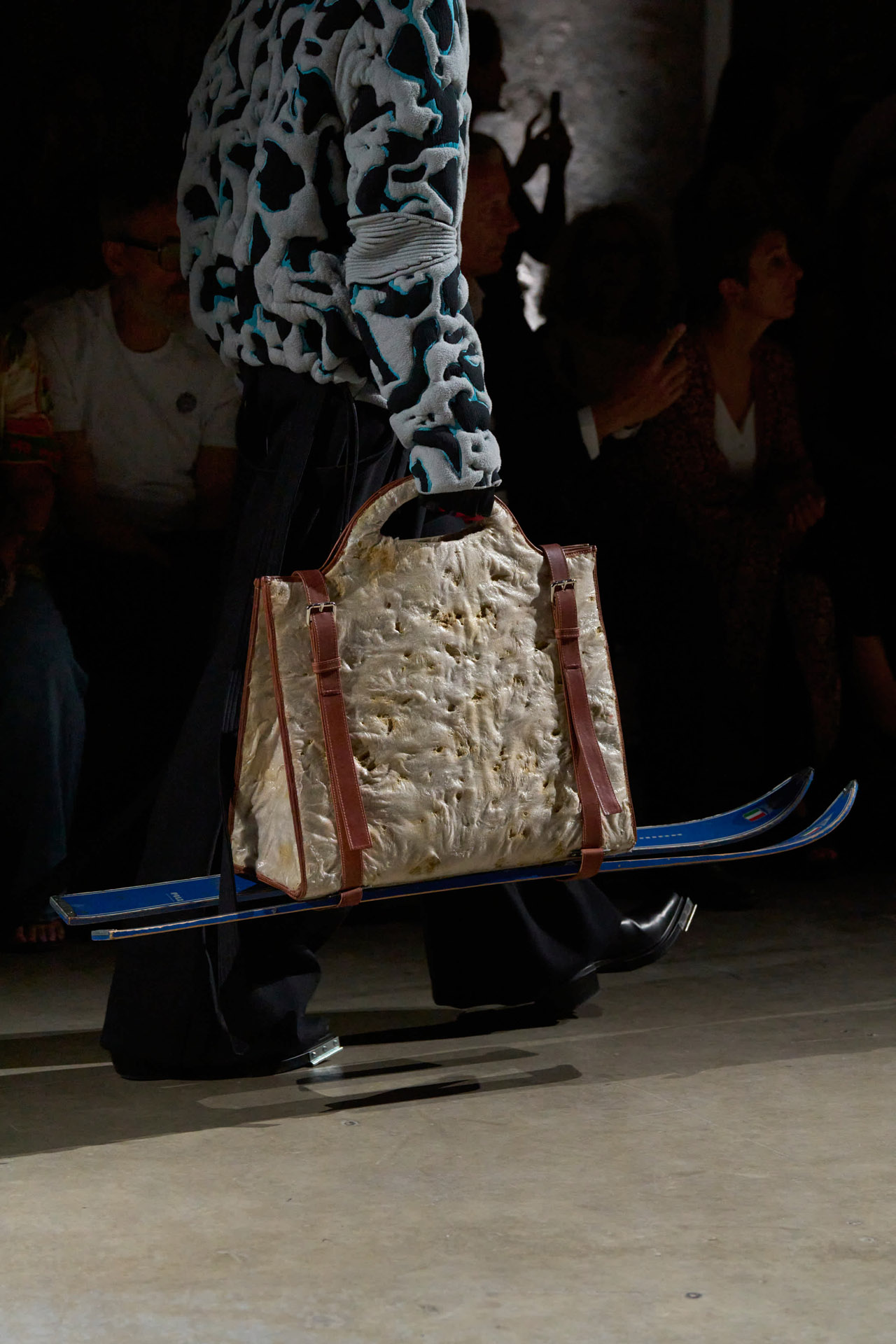
A departure from Stazione Leopolda towards the future of fashion. In a generation where design is increasingly holistic, the public was eager to understand how this group of twenty final year Undergraduate in Fashion Design students are reconfiguring the very purpose of accessories in fashion.
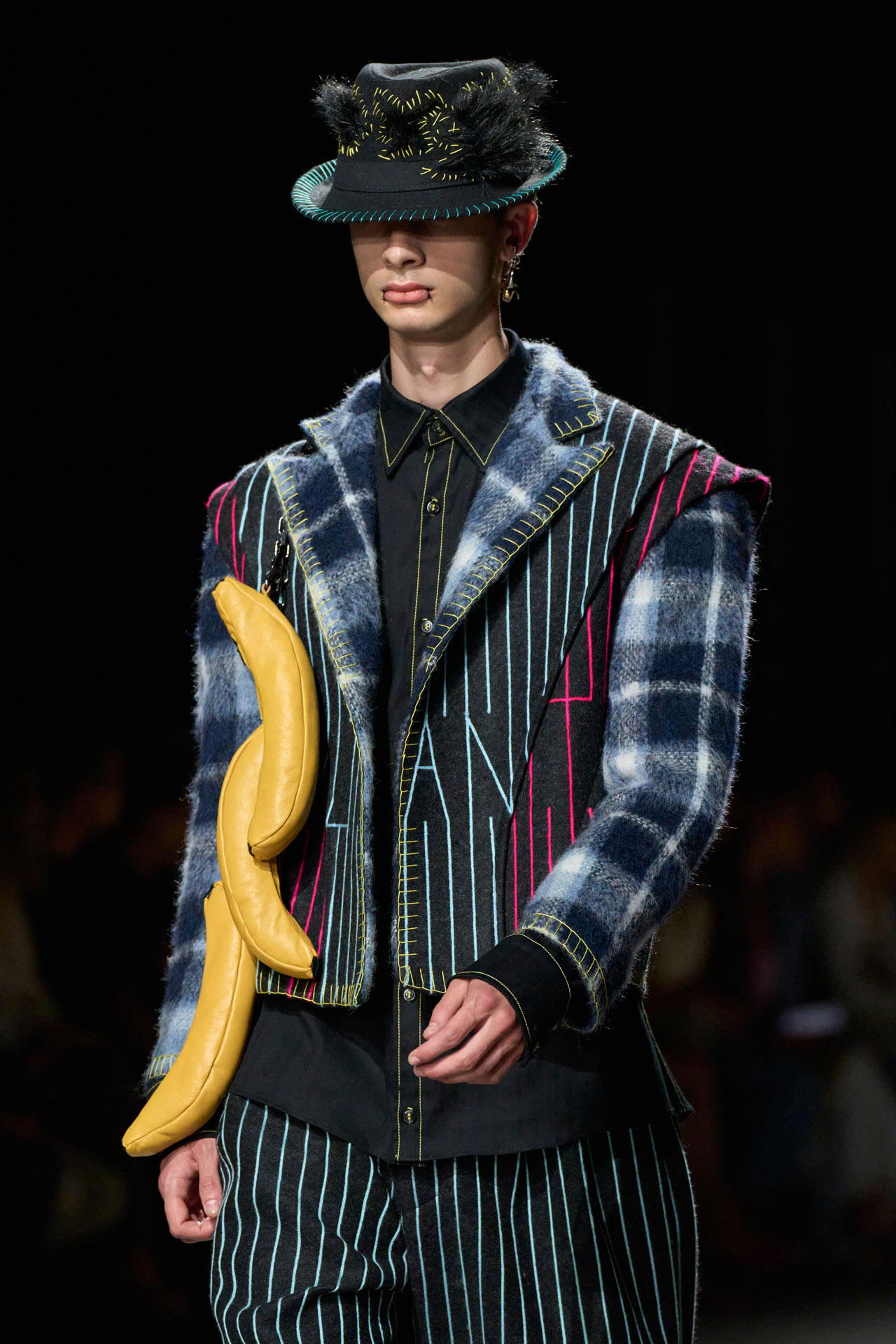
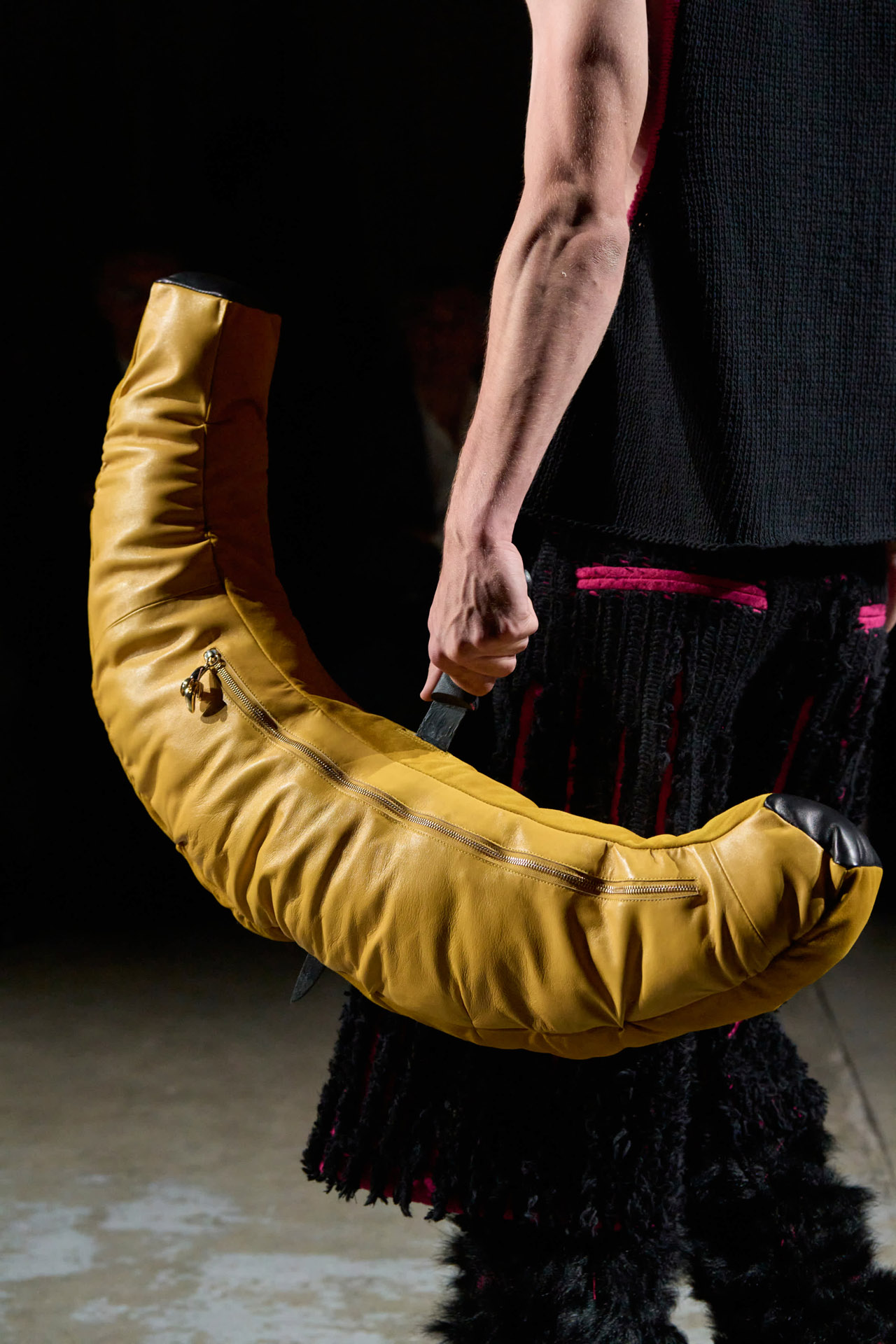
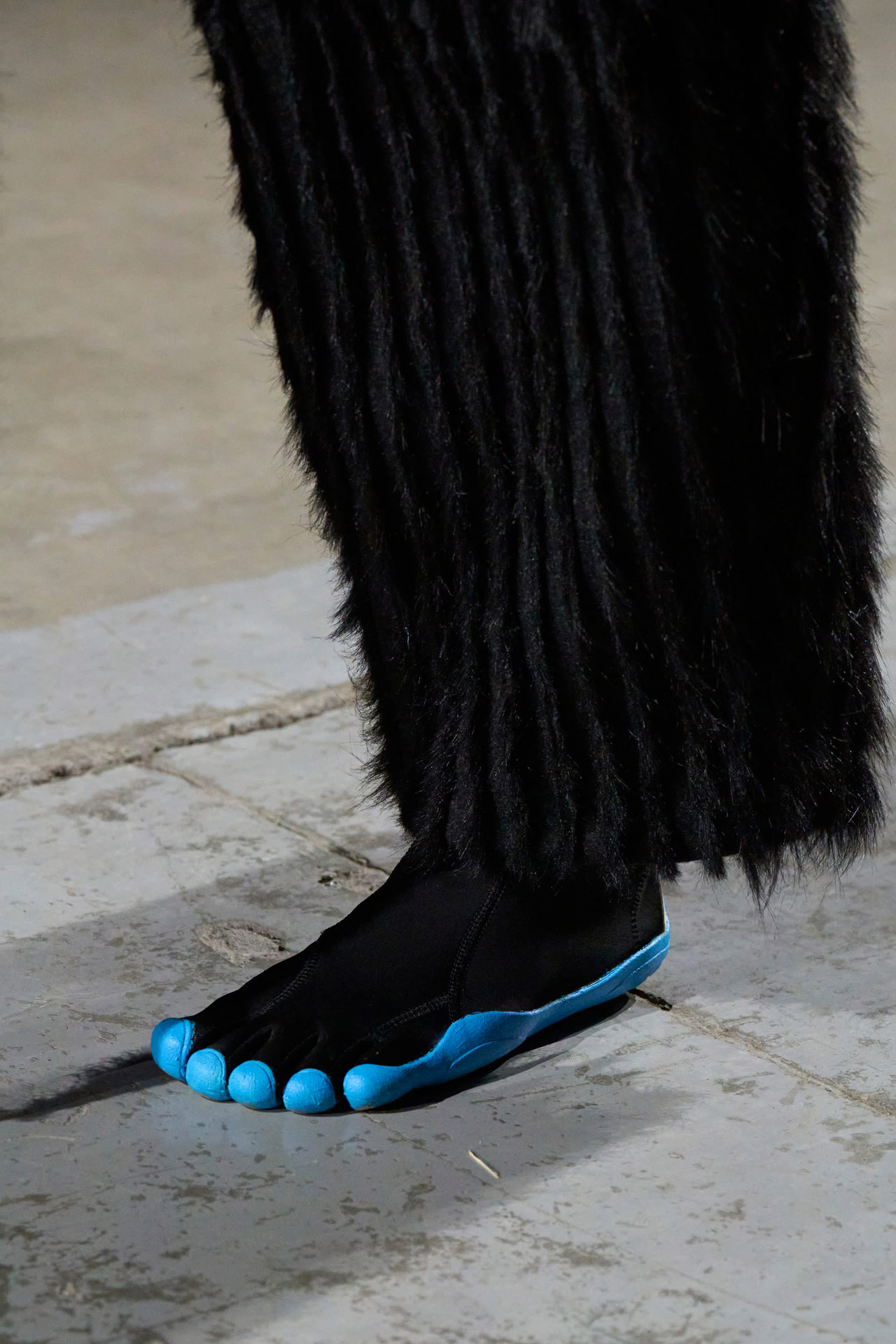
Iris Apfel once said, “Given the choice, I would spend my money on accessories”; accessories make you part of a designer’s universe, and as versatile and forever items, they are carriers of meaning.
For Fashion Design graduates, accessories are core narrative tools. Students view them not only as embellishments but as core conveyors of stories and identities. Whether transmitting irony with Leonardo Iori’s banana wonderland, or displaying cultural tensions with Farnia Salim’s light white strands of scarves woven in and under hair or historical decadence with Grigory Fedenko’s jewellery dripping in oil, character building is key to enter their universe and understand their persona.
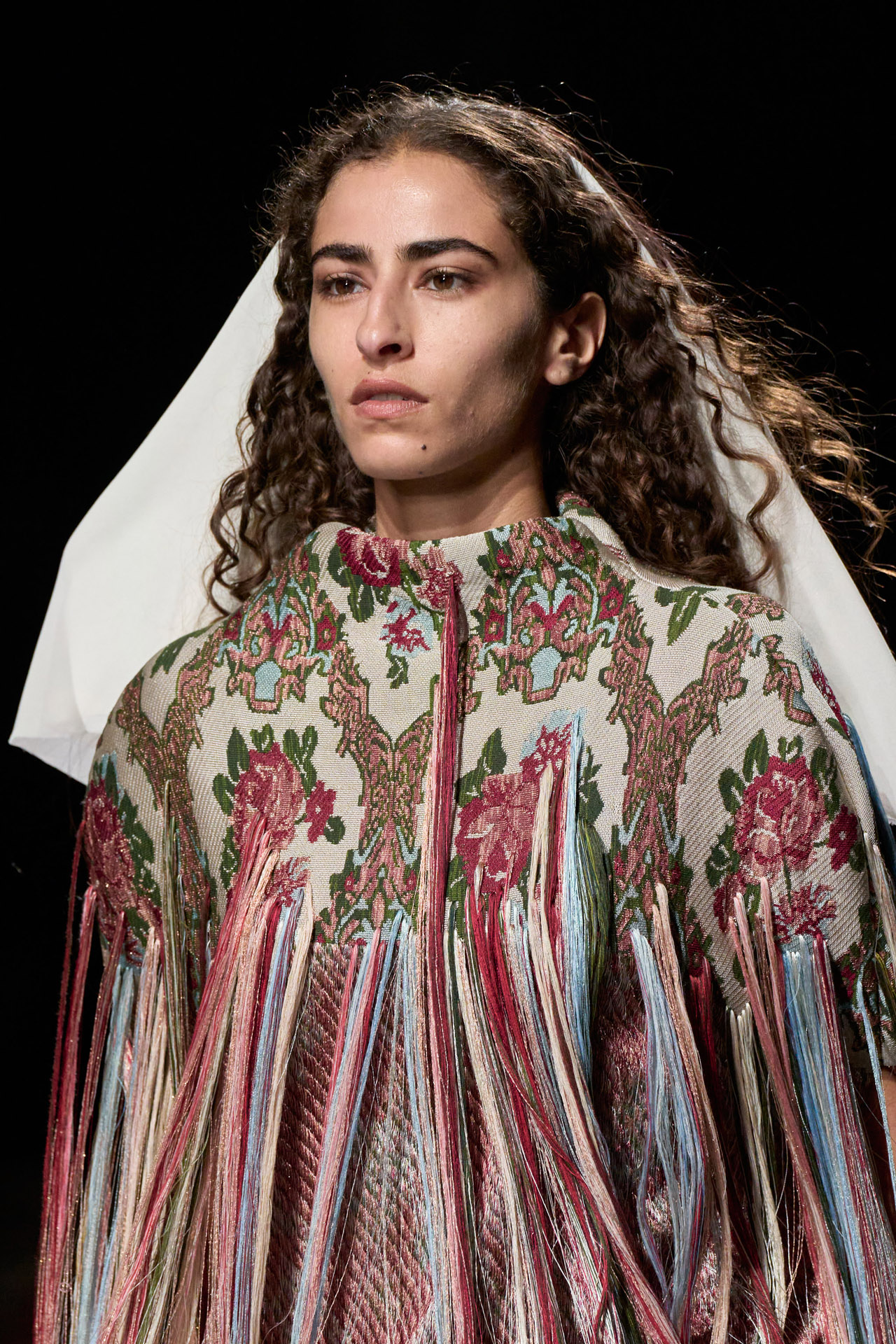
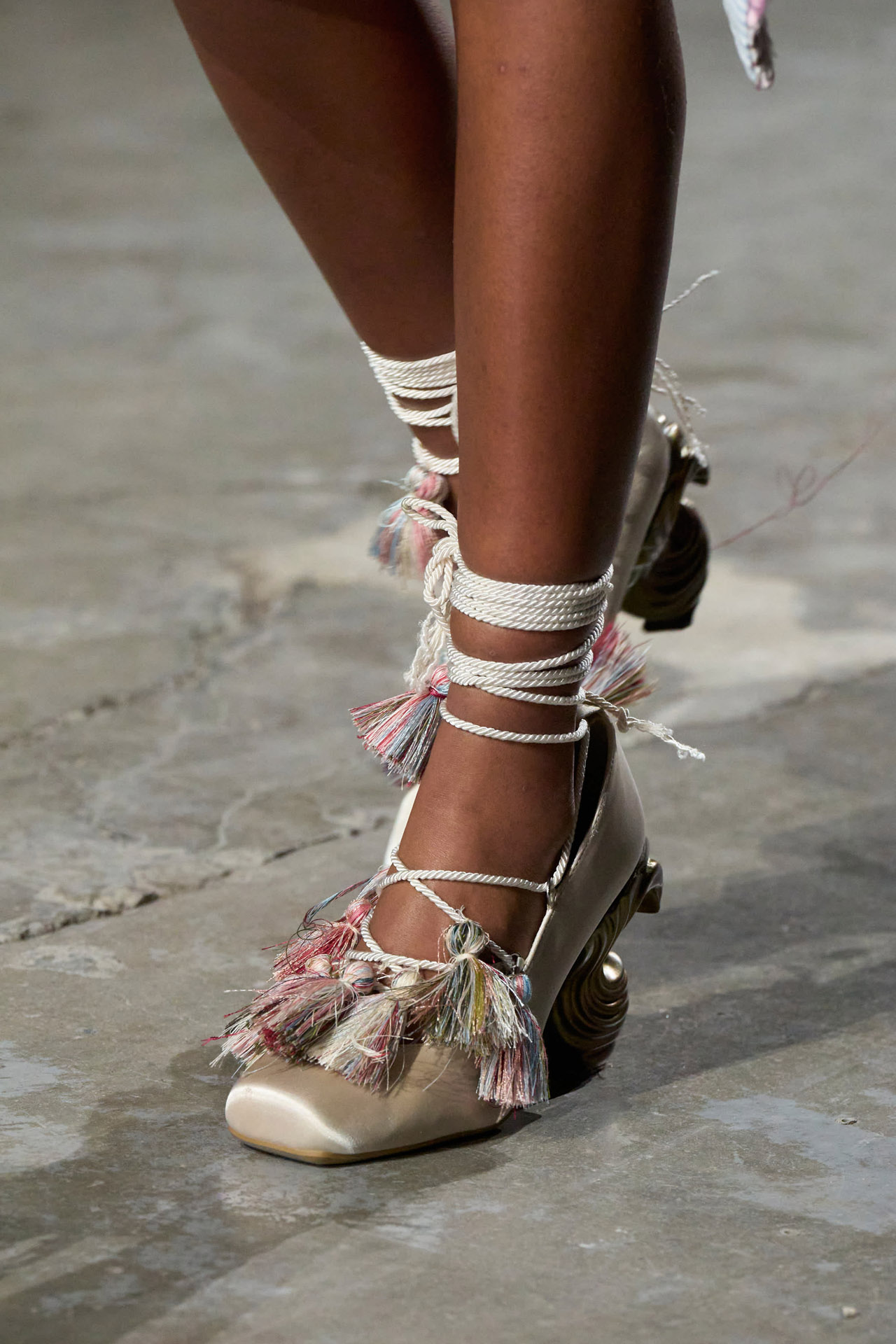
While some view accessories as a response to garments, utilizing them purely for styling, others integrate accessories from day one, shaping their aesthetic from the start. Isabella Valdez believes that: “styling is the medium through which the garment becomes alive. To create the story telling of the concept, accessories are the first thing that come to mind”.
In the same direction, Veronica Bezzeccheri looks at it from an almost spiritual perspective, affirming that: “I started making some drawings for my bags and hats pretty quickly while designing my lineup. As my bags are very voluminous, I could see their ghost on some of the outfits already in the first drawings”.
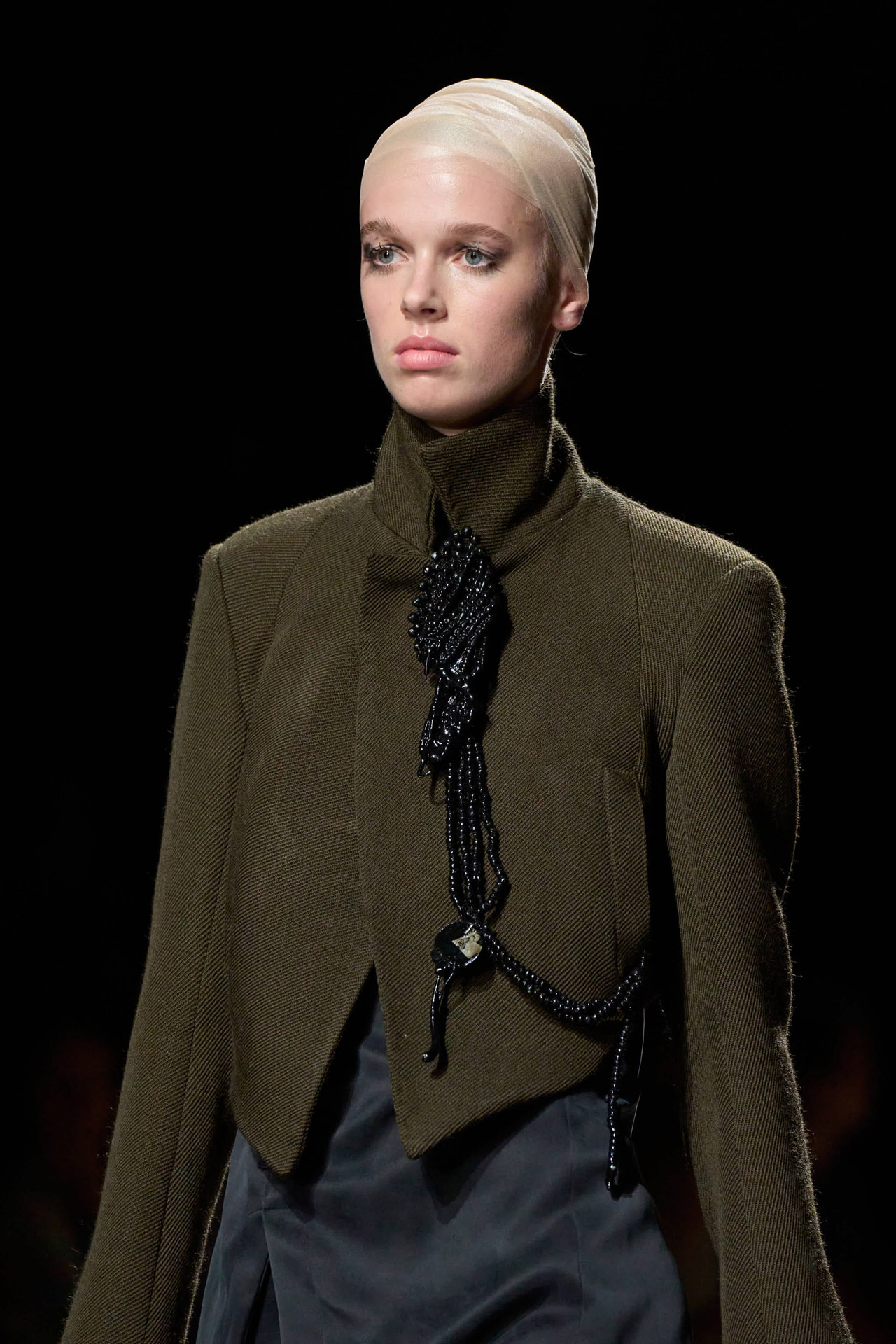
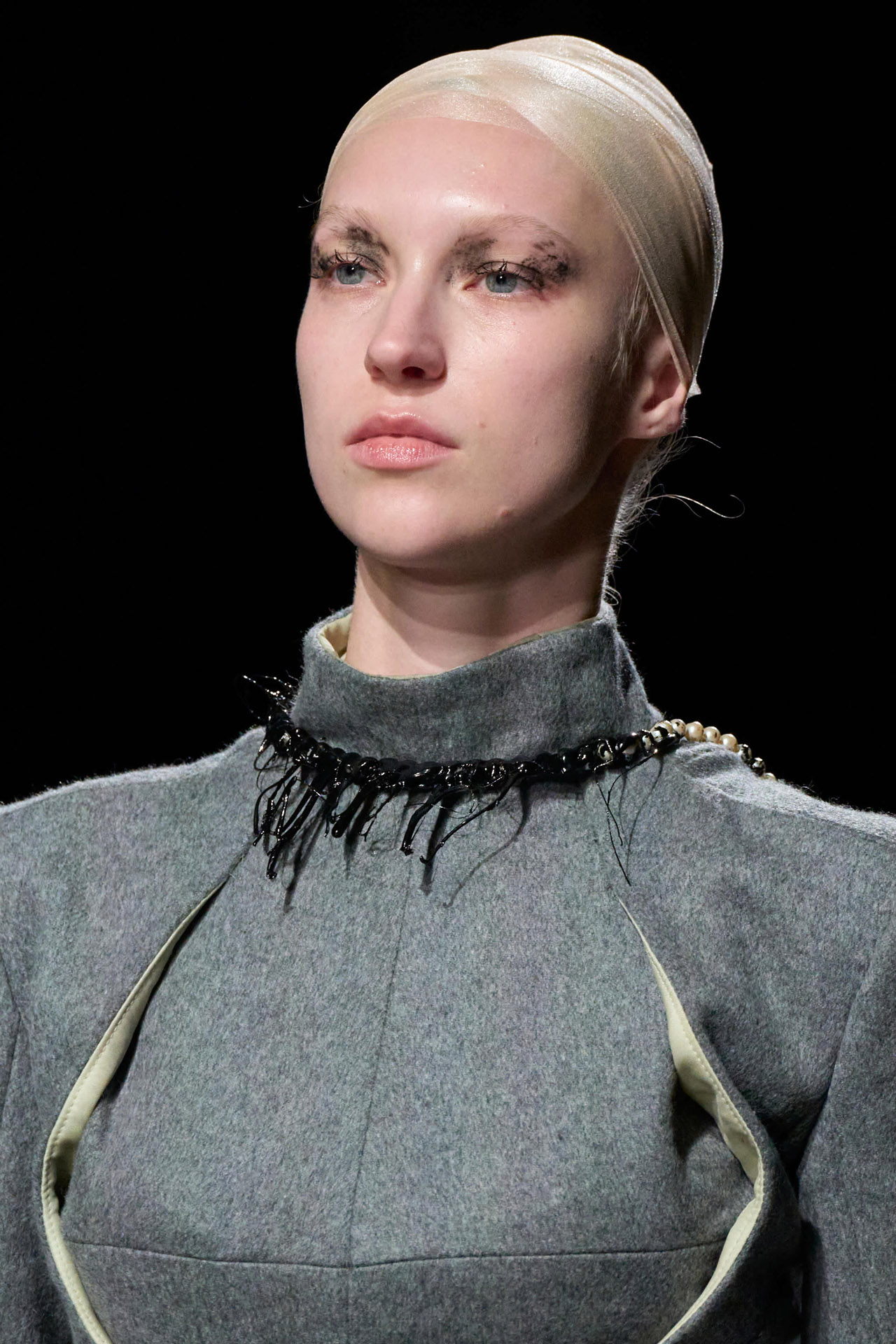
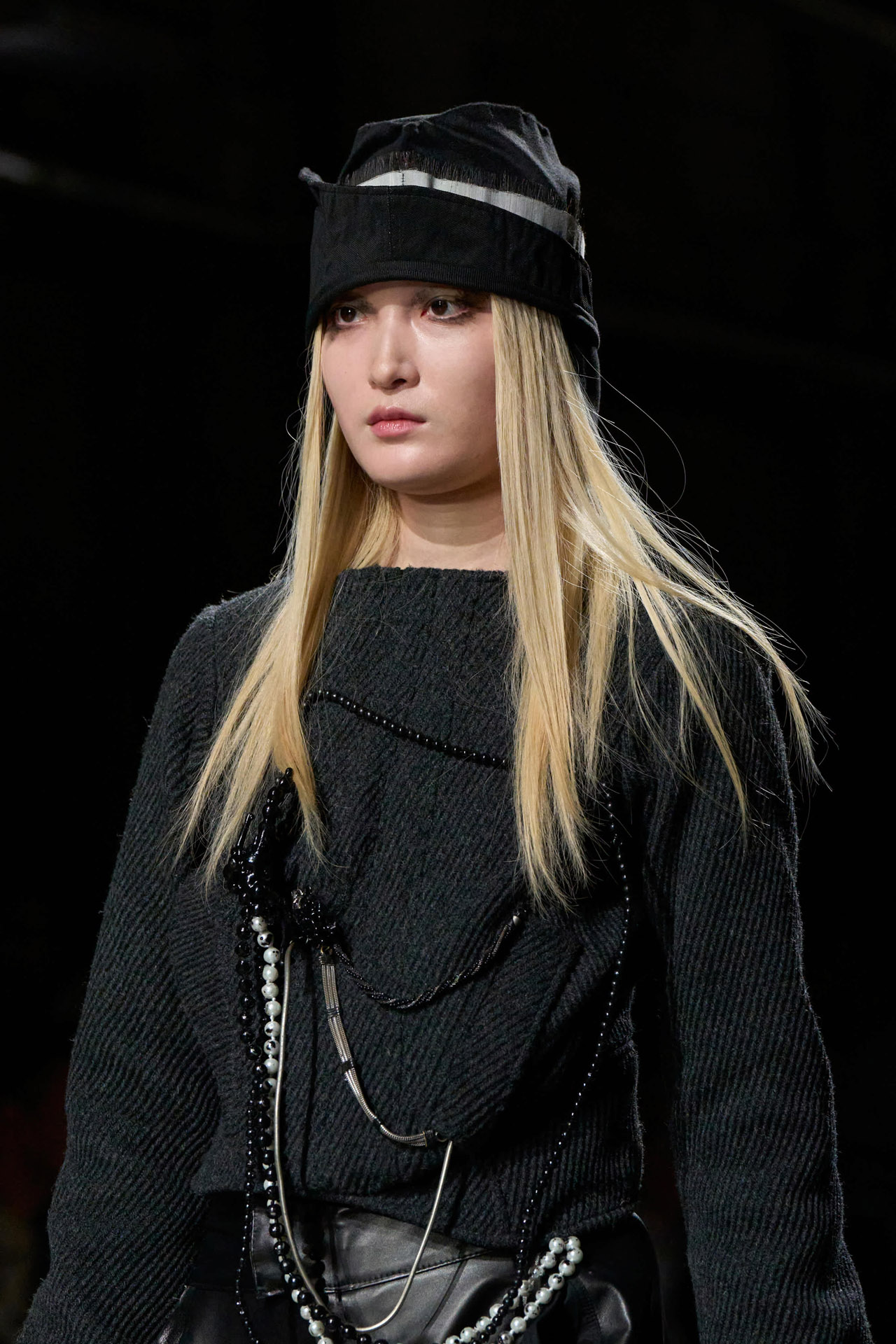
This year, collaborative crafting has been more than ever present as many students engaged with peers or artisans. For students exploring their roots throughout their collection, working hand in hand with their land has been a focal point. As was the case for Sofia Sapena, who collaborated with Paraguayan artisans, Lorena and Leticia Goiburu, Faigitt Calzados, to realize her jewellery and footwear, and Undergraduate in Fashion Accessories Design student Mandy Cheng to create her bags. Naomi Guzman Duran joined forces with Japanese artist Yuto Kimura to make her jewellery, and Derin Kemer received help from a Turkish carver, bringing to life her wooden structures, while Mandula Maczko united with a Hungarian ceramist to design her bags.
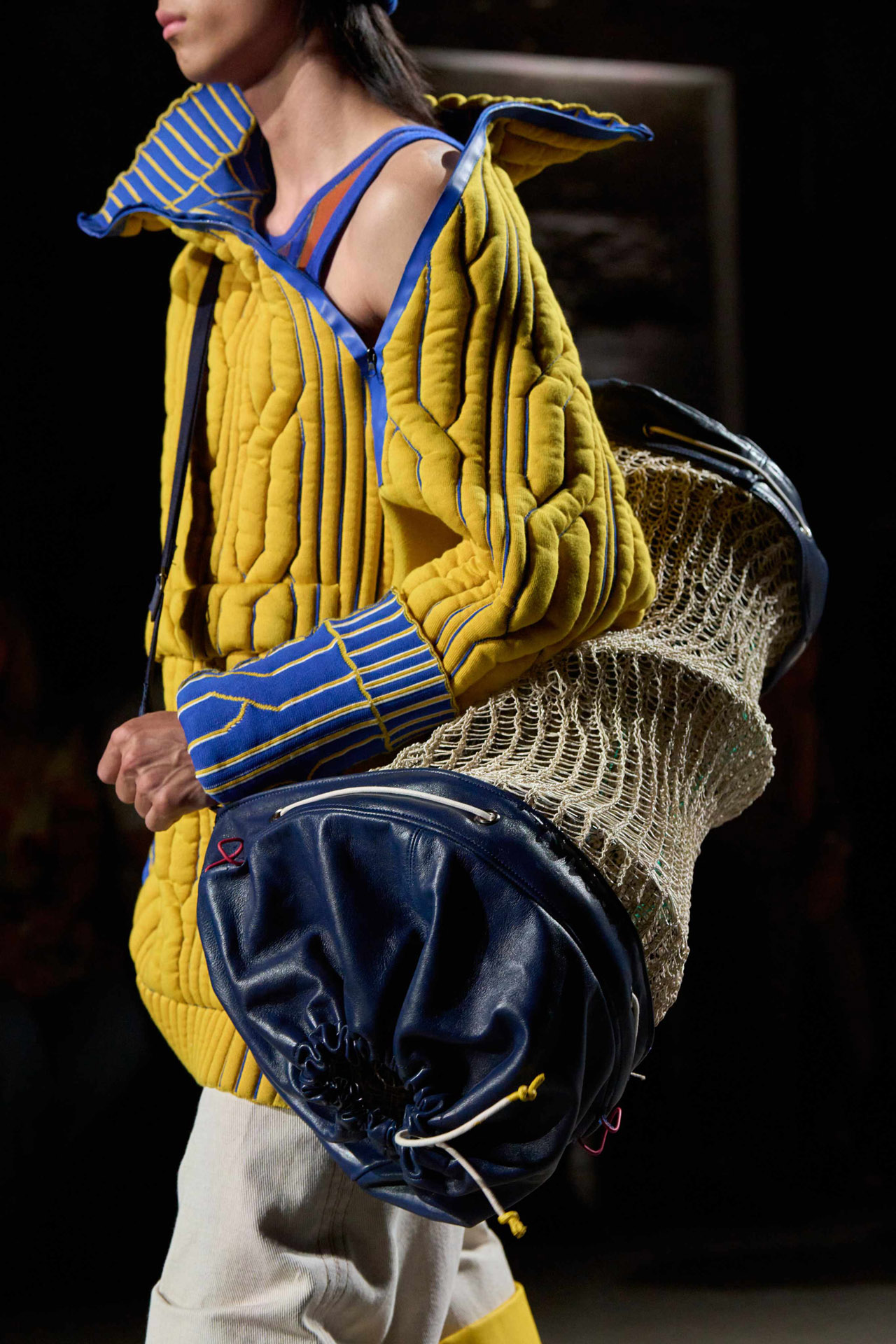
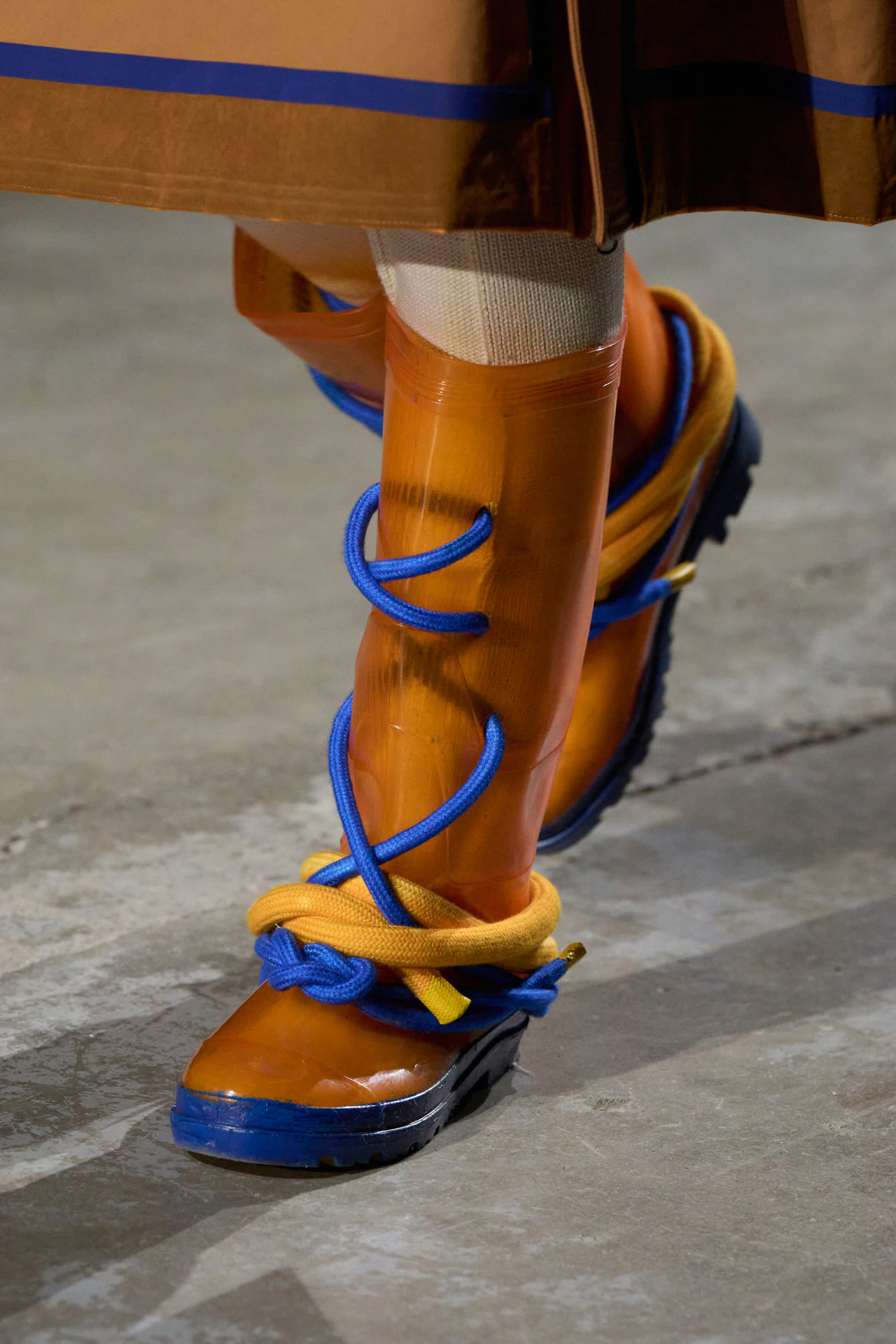

Others took advantage of Polimoda’s rich network and collaborated with current or ex-students. Amina Vanneling and Leonardo Iori collaborated with Undergraduate in Fashion Accessories Design students Ani Sun and Eugene Wang, respectively. Elena Azeglio on the other hand received help from Dutchess, who graduated from the Fashion Design program a few years ago.
If some students followed their path and decided on an individual creative process, professors have been a great help throughout this journey. Filippo Montanini affirms that: “In fourth year we have the chance to work with people that talk precisely about bags, shoes and jewellery through workshops. All the work that I had in the development of the ideas for the accessories comes from those workshops.”
“Accessories are like vitamins to fashion”, through Anna Dello Russo’s words we understand that accessories are a way to give a new life to existing shapes, styles. They energize fashion, allowing for experimentation and novelty.
Approach to creation varies widely. Some designers like Eseniia Rybnikova embraced experimentation with laser-cuts plexiglass into futuristic sunglasses while Grigory Fedenko trawls vintage markets for pieces to distress and reimagine.
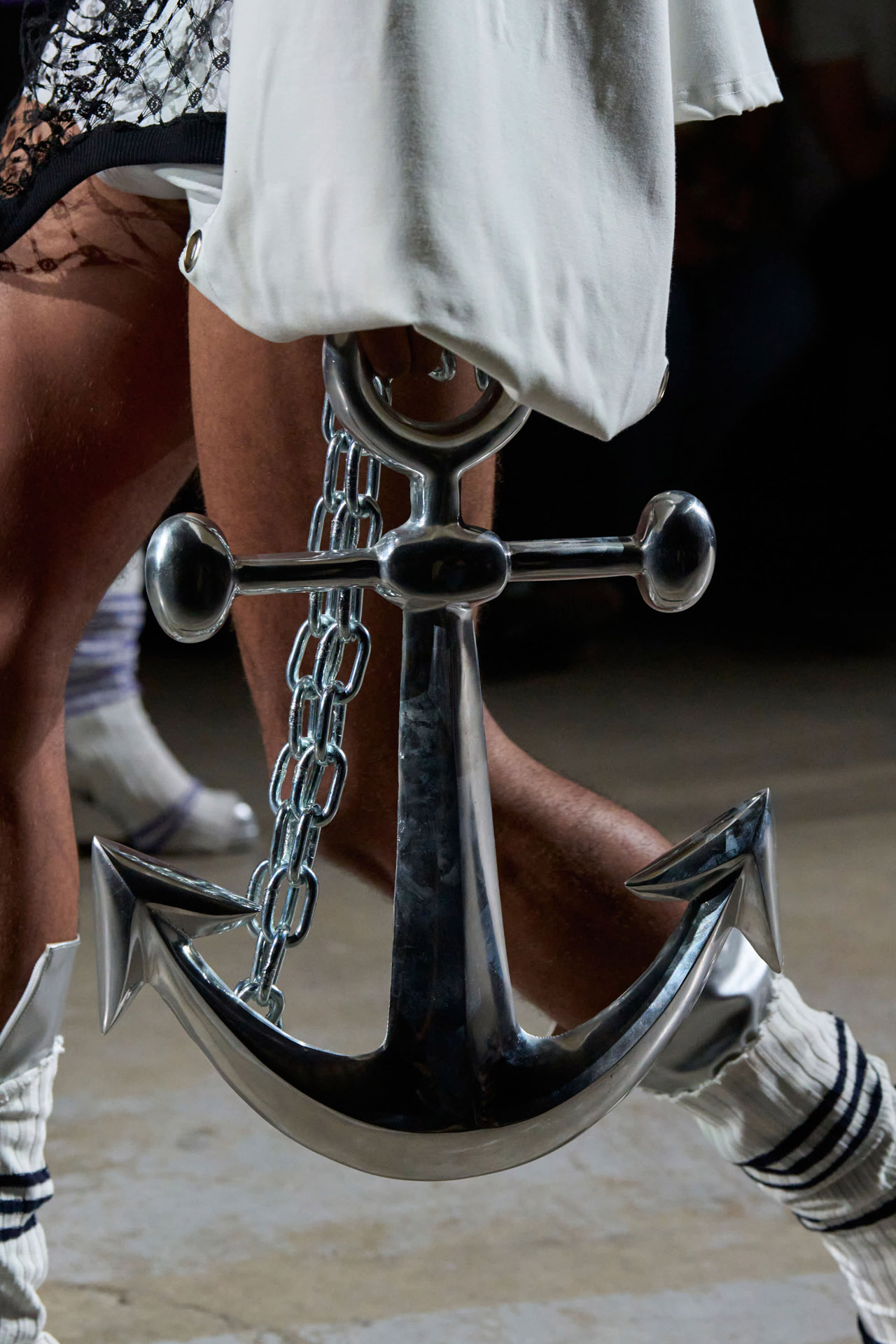
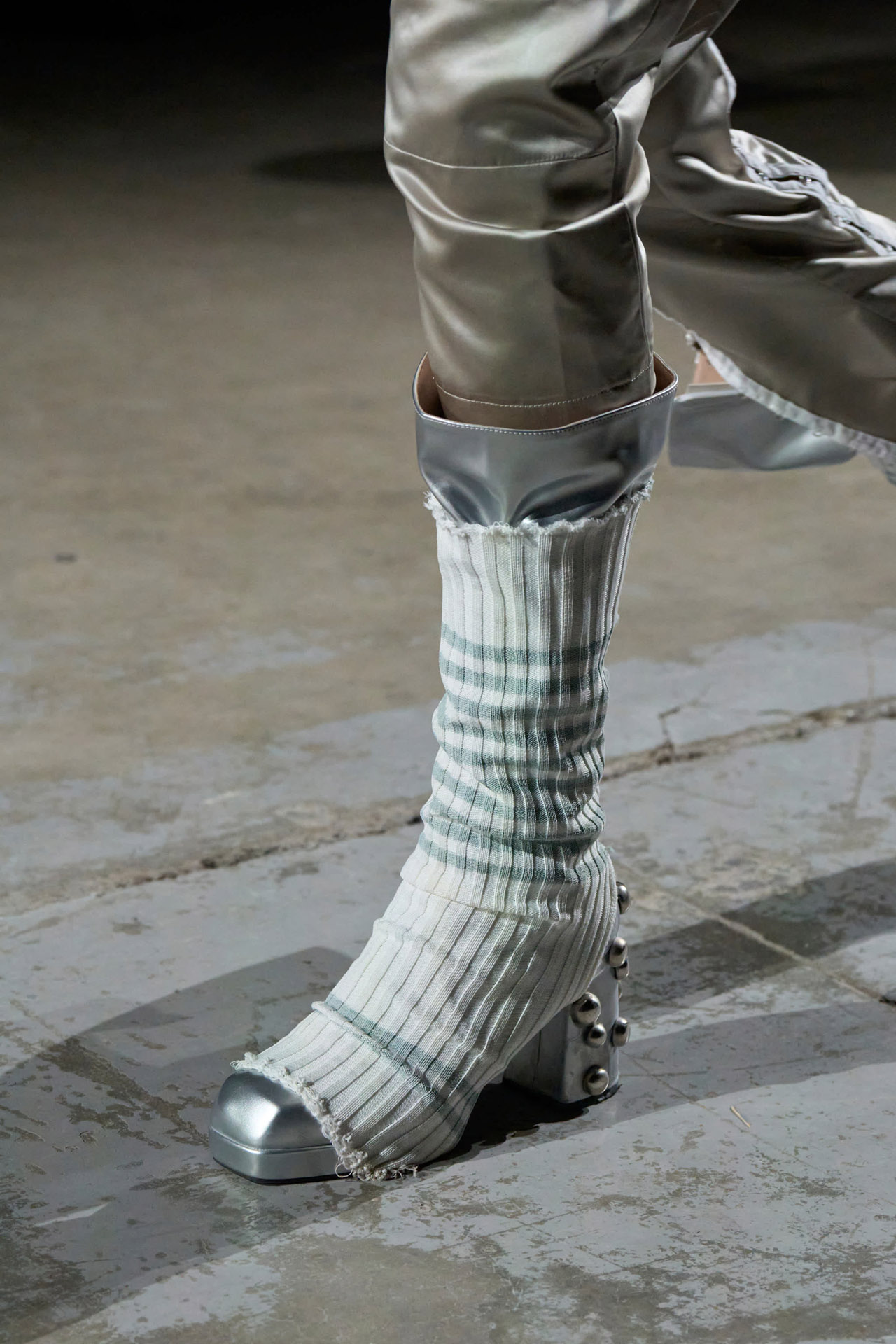
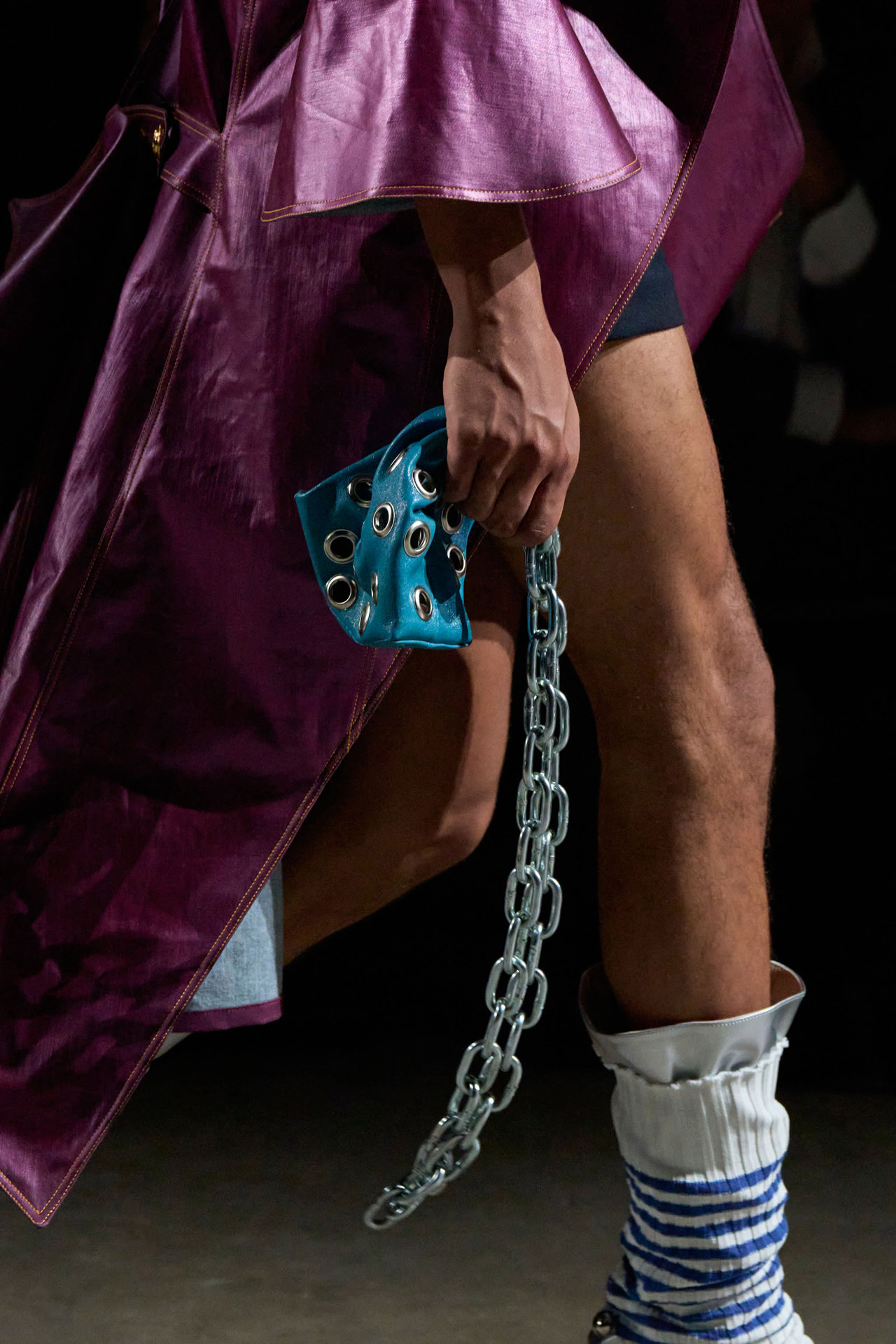
Between oil-like coatings, macramé parachute, and plastic bag infused shoes, all students experimented with unconventional materials resulting in high concept meeting function. It invites us to reflect on the way materiality reinforces the message, a key lesson for contemporary accessory design.
So, how are students reconfiguring the very purpose of accessories in fashion and what does it say about today’s industry? This year’s graduates approached design in a multidisciplinary way, their work reflecting industry demands for storytelling through objects, cross functional thinking and conceptual consistency. It signals a generational shift towards fashion and society, redefining professional expectation.
Tomorrow’s designers acknowledge identity, place, and emotion as design drivers. They embody what this new generation wants: they challenge fashion’s superficial styling by placing intention and authenticity at the core of their creation. They are not only interested in the aesthetic aspect of the accessory but aim at making a statement. Samuele Pampaloni affirms that: “these accessories are not just decorative elements, but visual and material expressions of identity, humiliation, and the transformation of judgment into self-affirmation.”
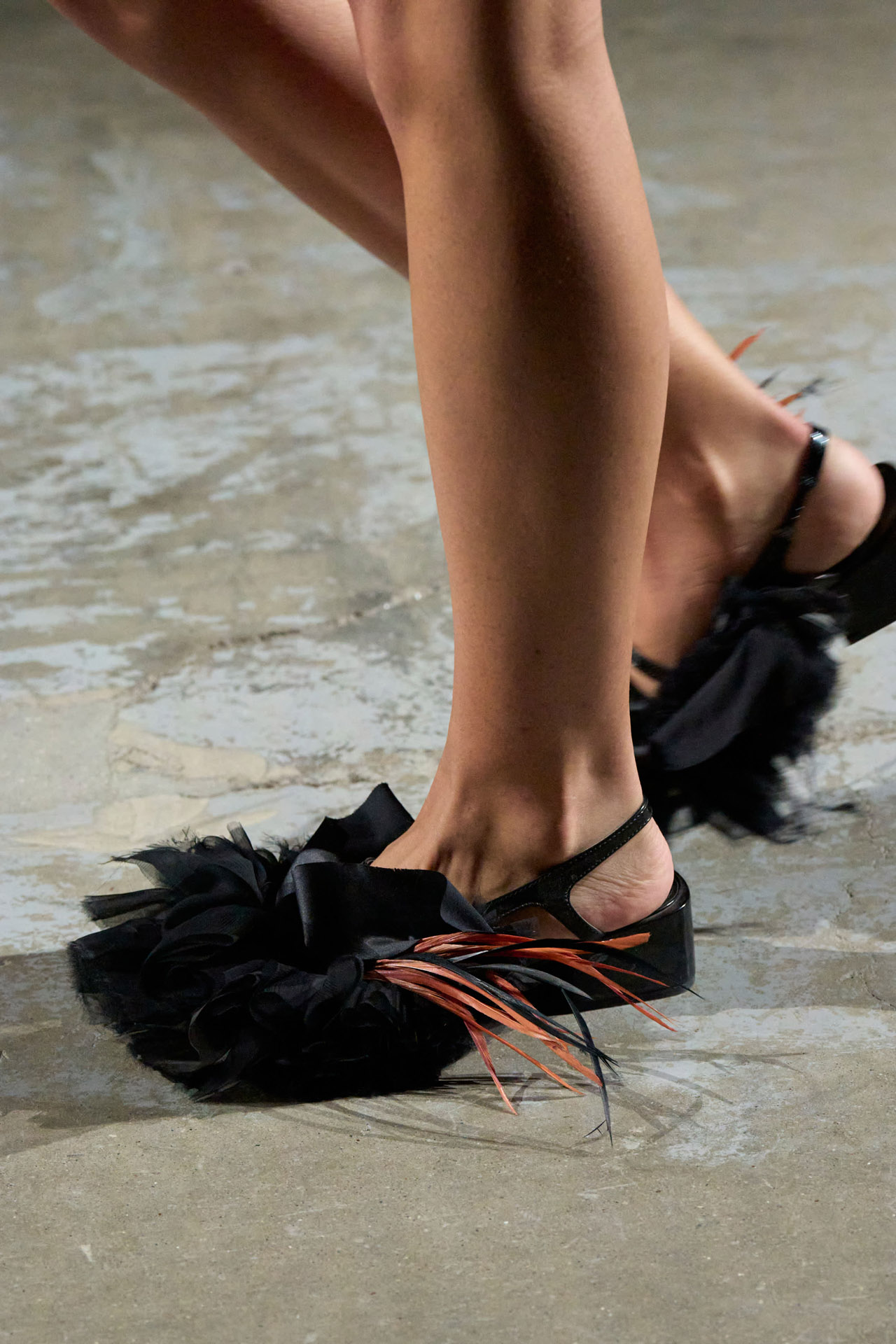
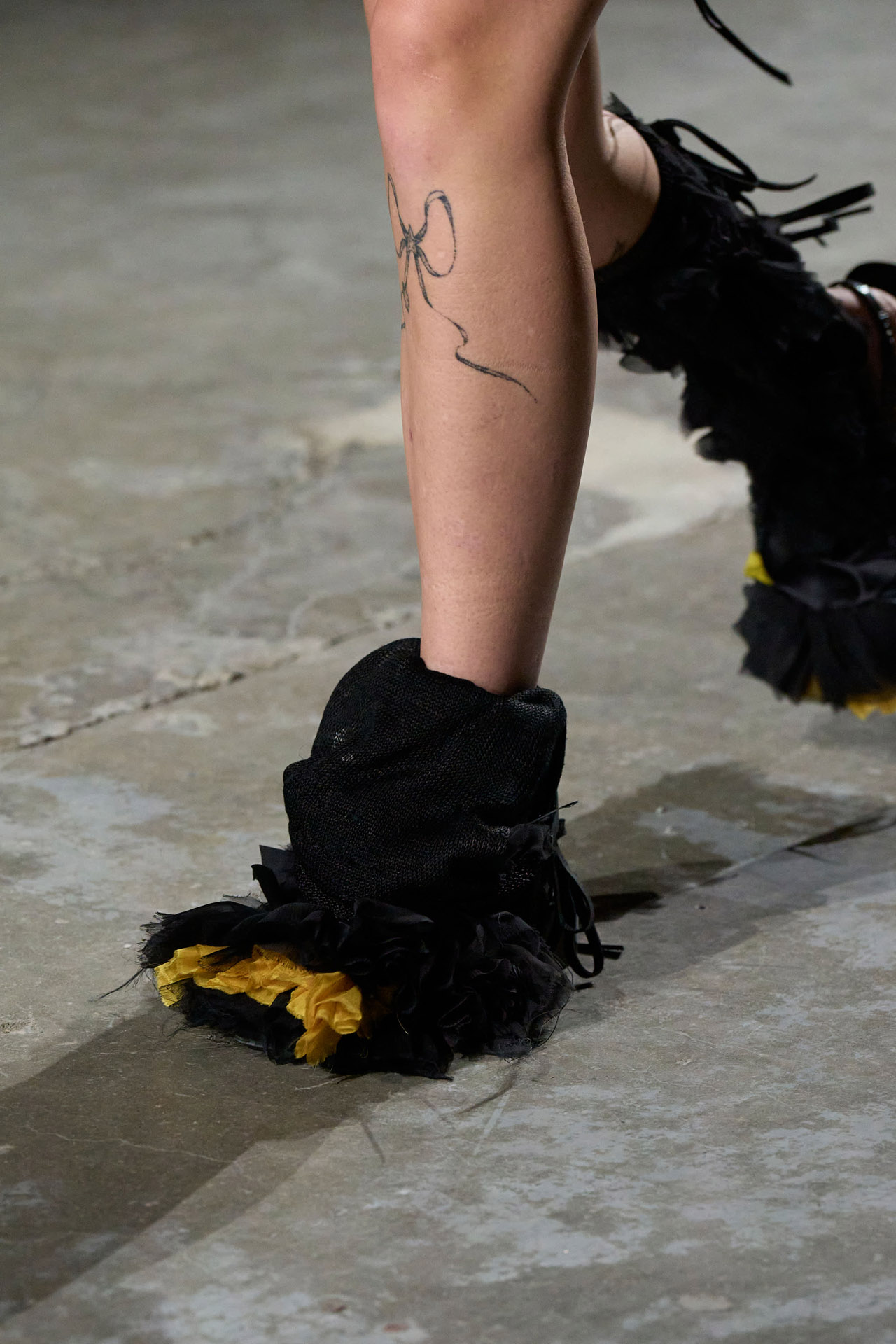
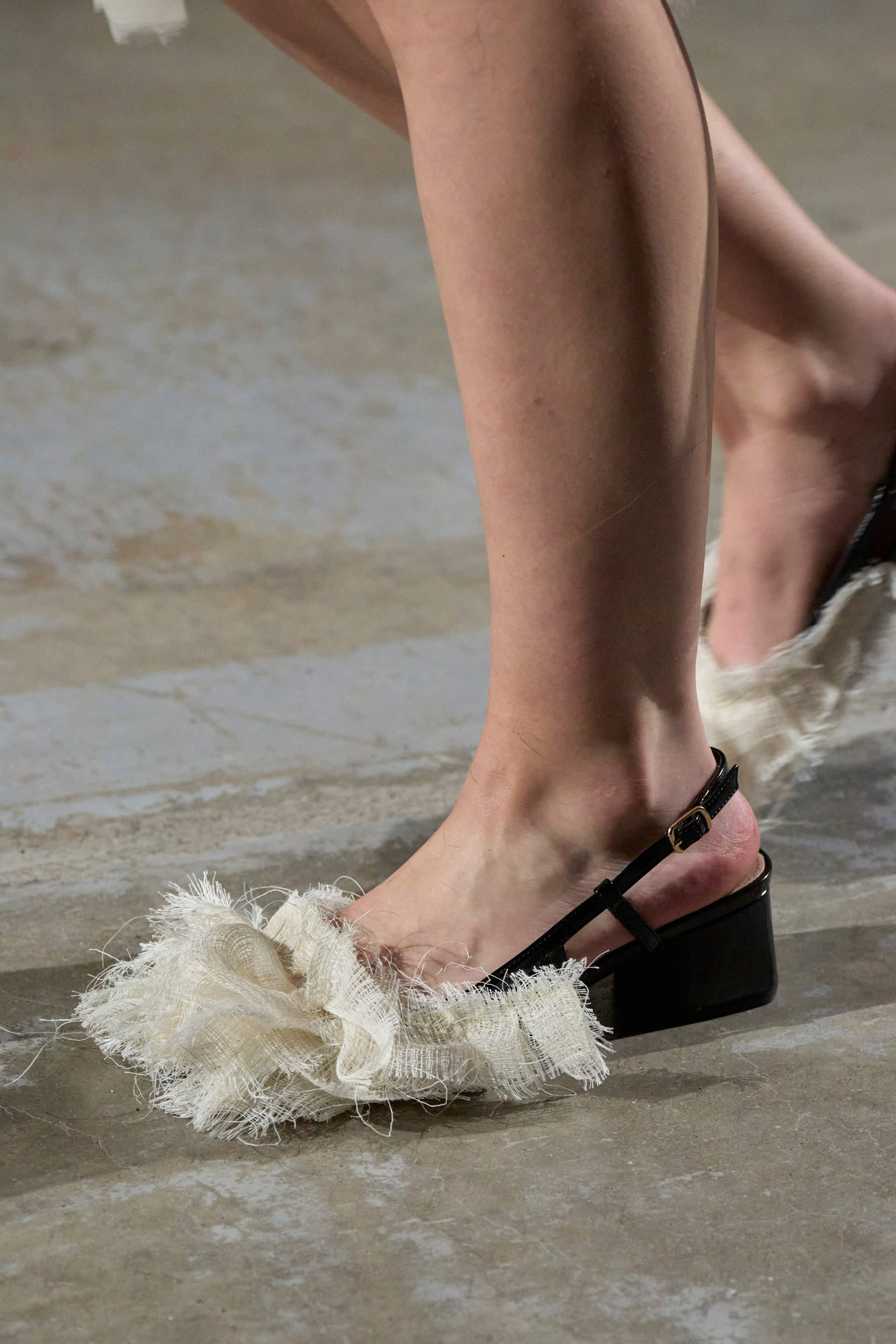
In the same way Chloé Geyer closed the show with footwear that evokes a day of walking in a woody forest, collecting leaves and textures from the bumpy ground, attendees went home with a new collection of fresh and inspiring snippets of personal stories from these fashion design graduates.
CREDITS
Written by:
- Julie Nunes, Undergraduate in Fashion Business student
Cover image:
- Salvatore Dragone / GoRunway
